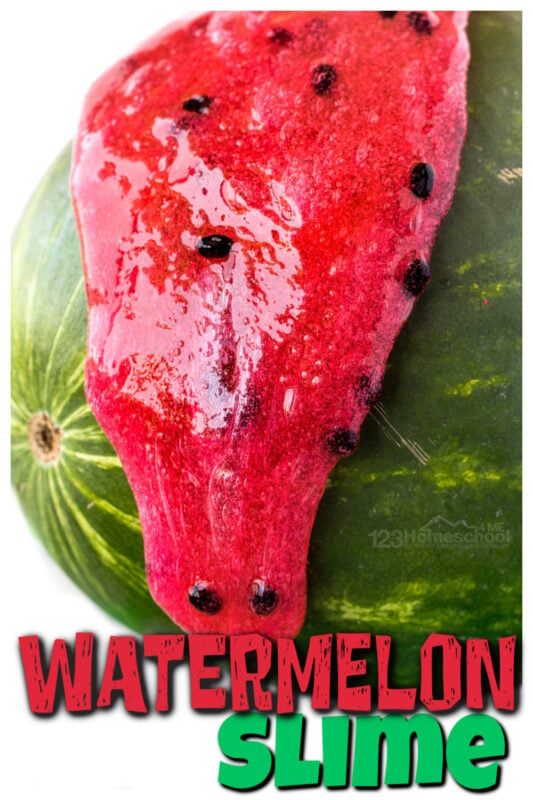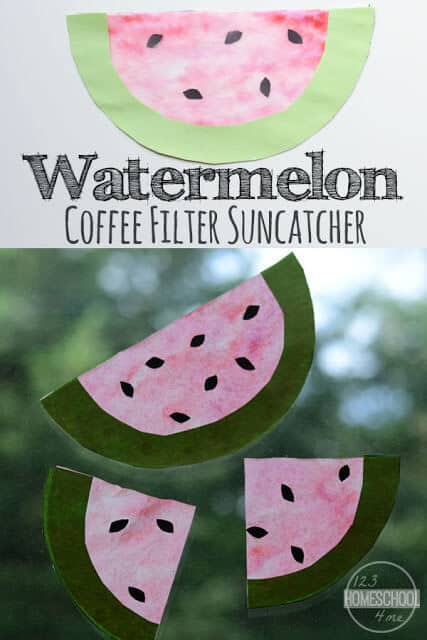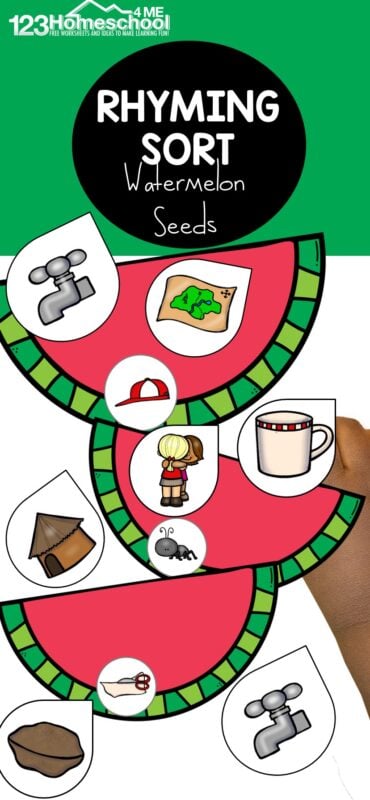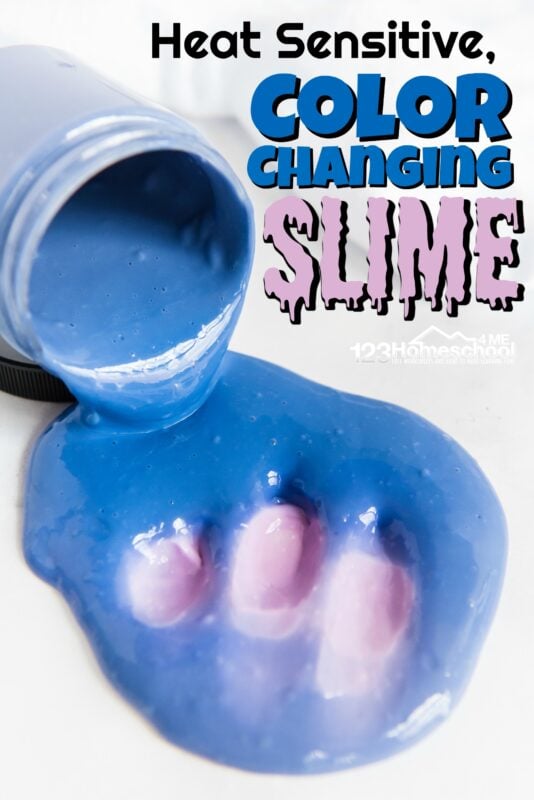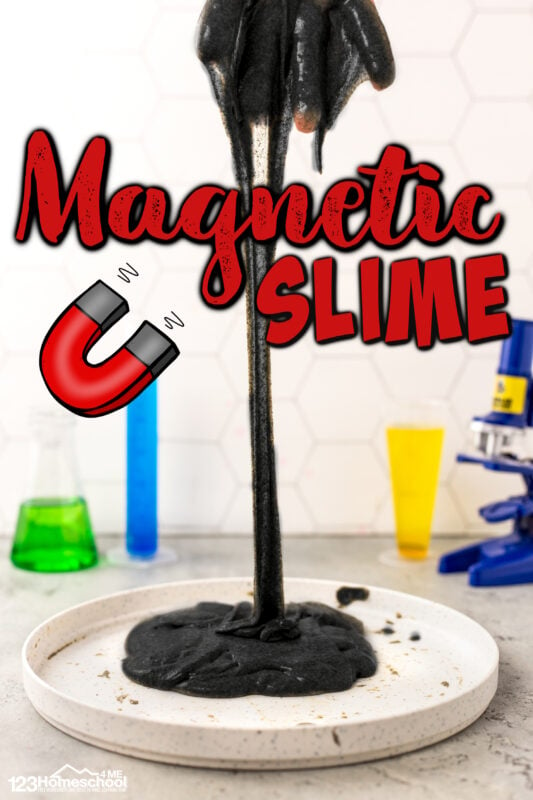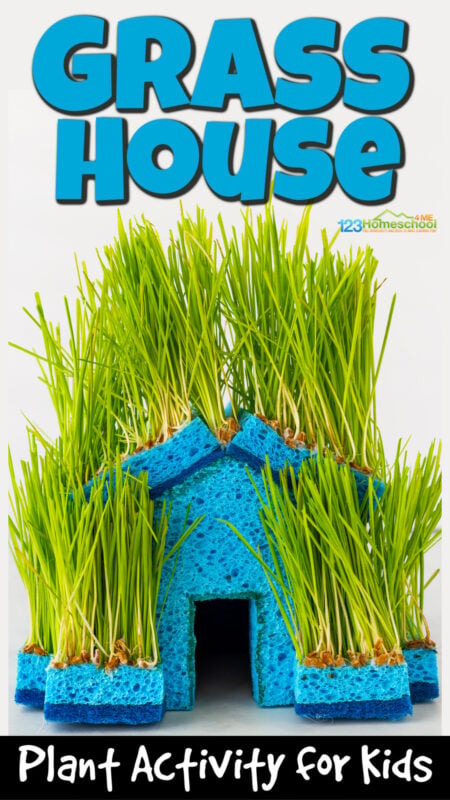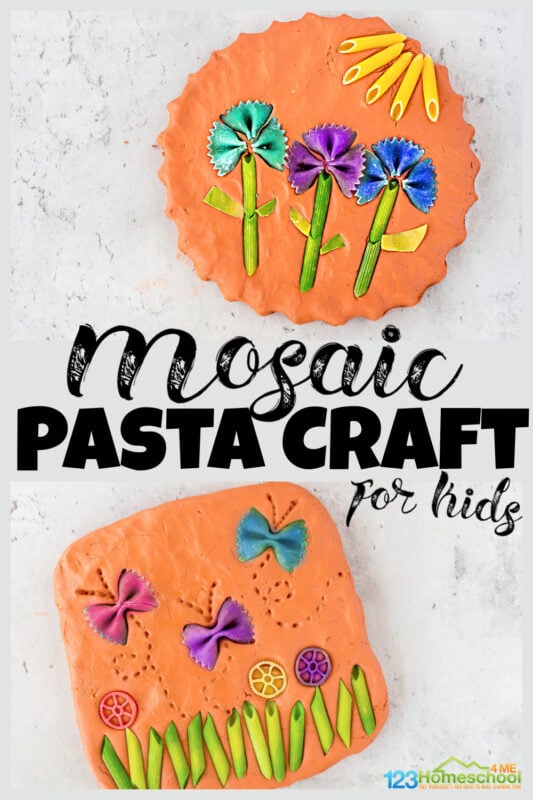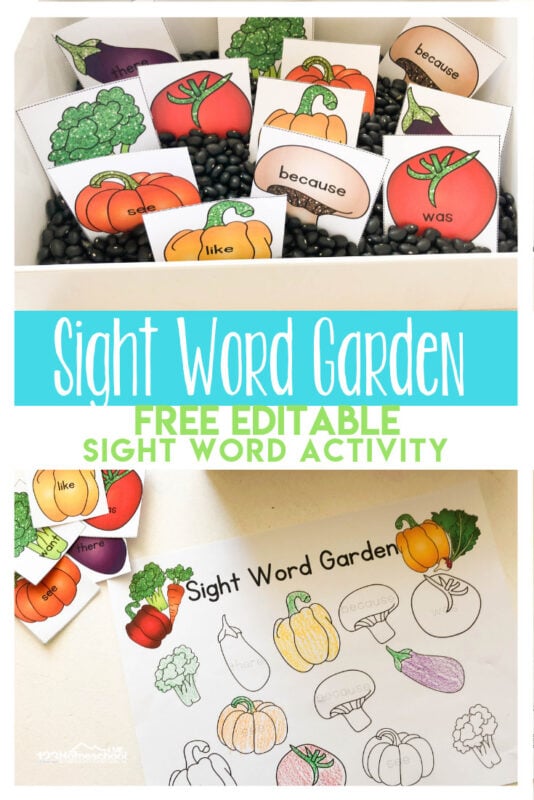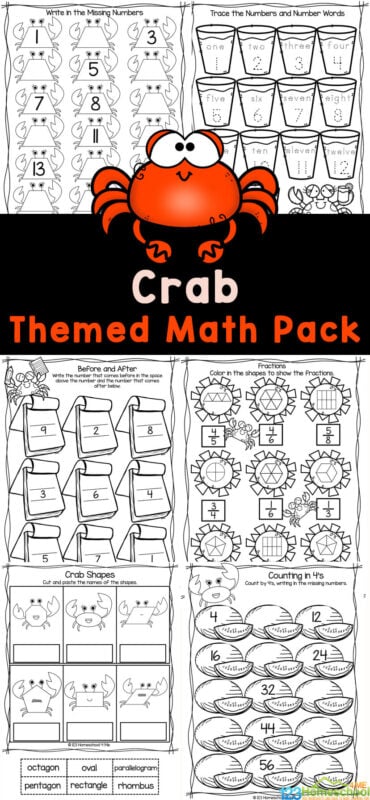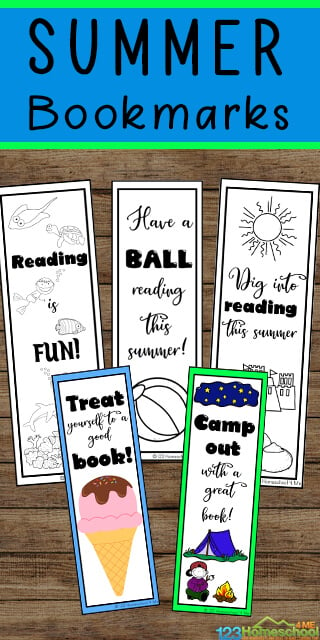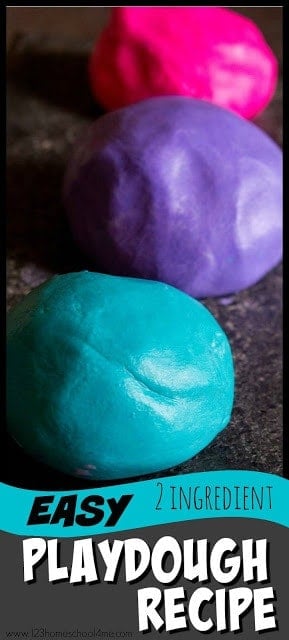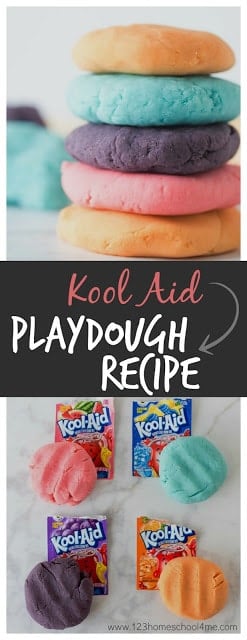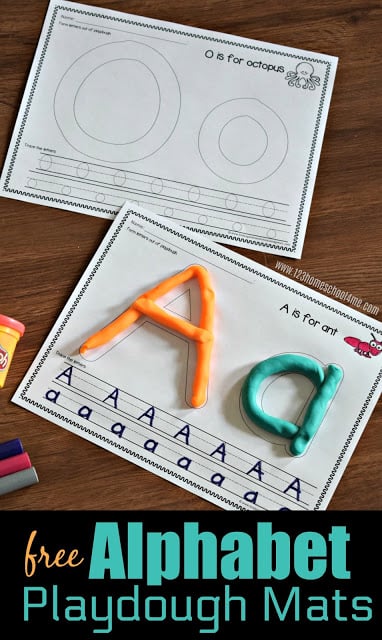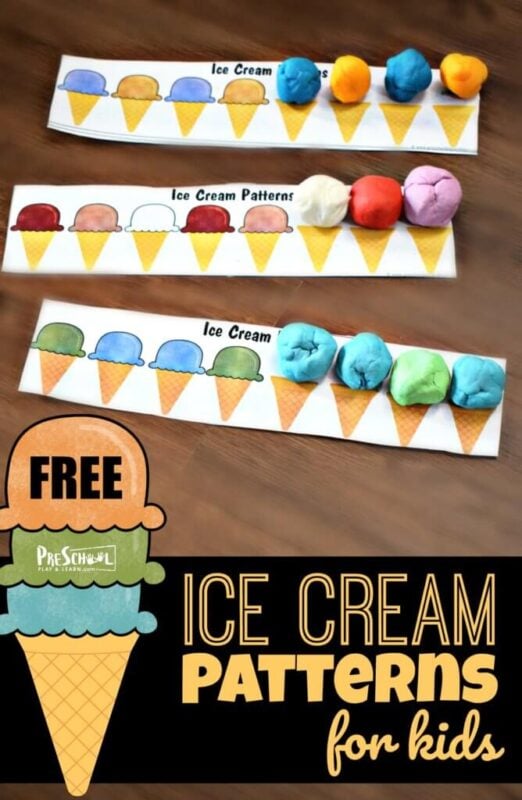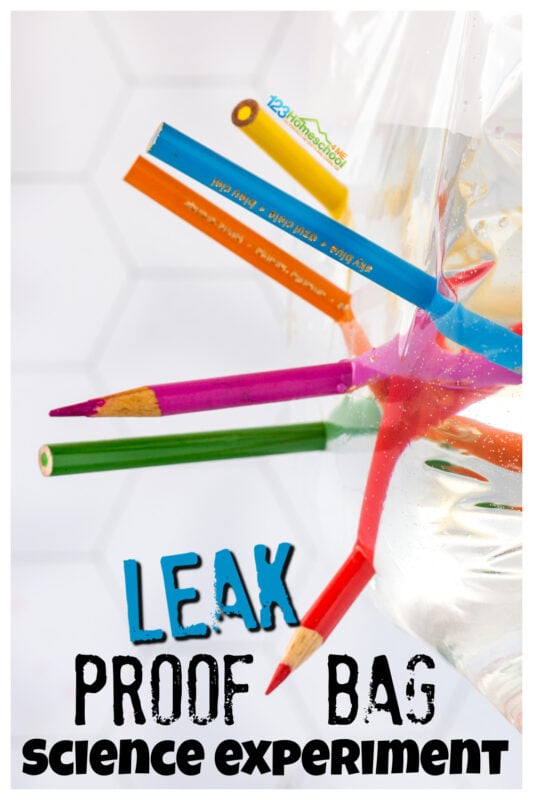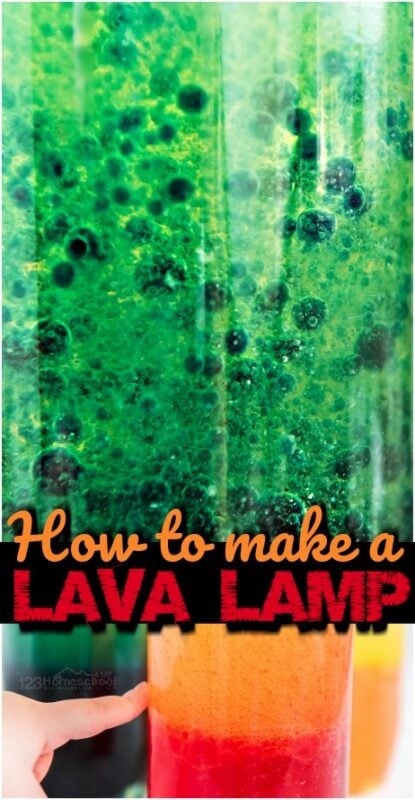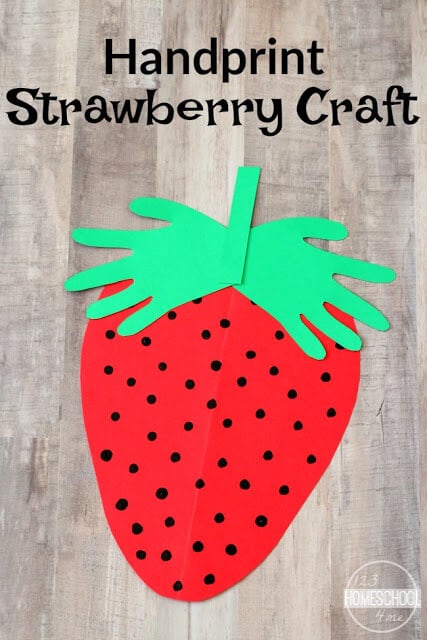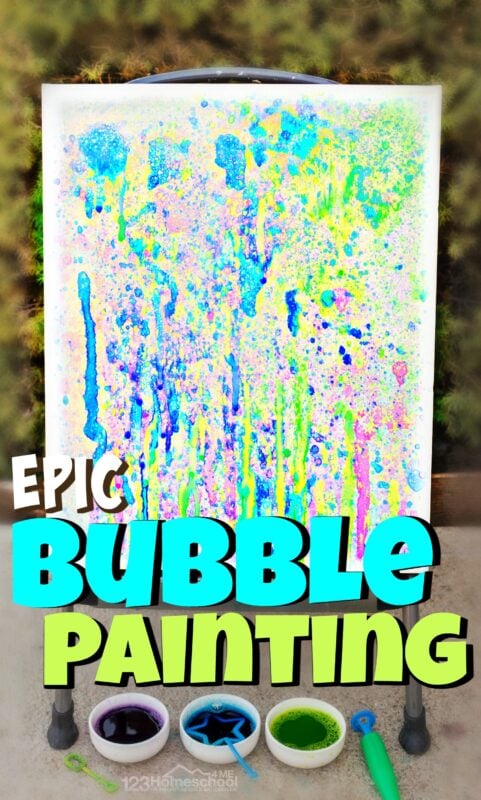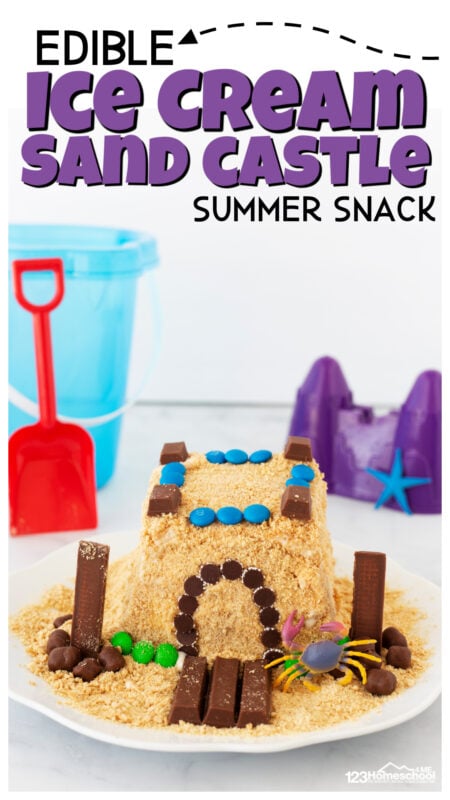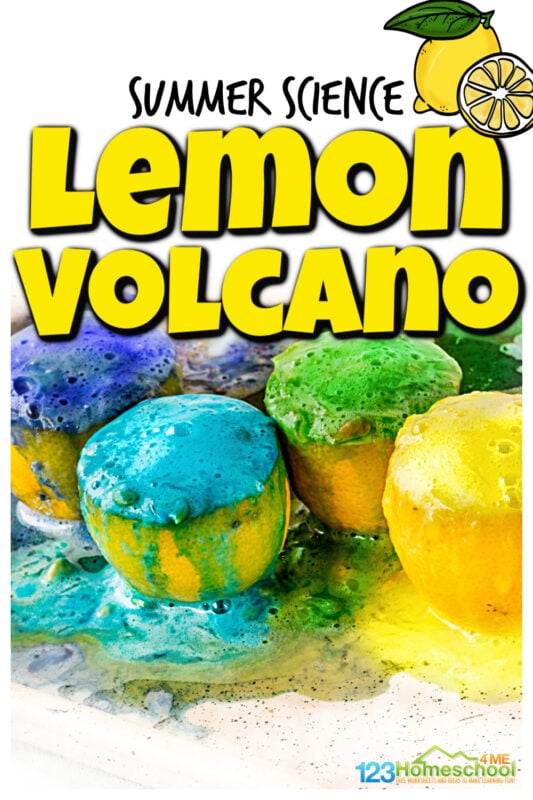This epic Exploding Watermelon activity is a fun, edible science experiment that helps kids of all ages learn about potential and kinetic energy. This watermelon rubber band challenge is a fun summer science where kids will complete the watermelon challenge to learn how many rubber bands to explode a watermelon! Try this watermelon science with toddler, preschool, pre-k, kindergarten, first grade, 2nd grade, 3rd grade, 4th grade, and 5th grade students. You must add this exploding watermelon experiment to your summer bucket list!
Exploding Watermelon
Looking for really fun summer activity for kids that sneaks in a hands on learning? This EPIC Exploding Watermelon is an outrageously fun summer experiment that allows kids to learn about potential and kinetic energy. All you need for this simple, watermelon rubber band project is a watermelon and a large pack with hundreds of rubberbands. Children from toddlers, preschoolers, kindergartners, grade 1, grade 2, grade 3, grade 4, grade 5, and grade 6 students will learn how many rubber bands to explode a watermelon! Whether you are a parent, teacher, or homeschooler – you won’t want to miss this exploding watermelon with rubber bands. We just love easy science experiment for kids like this watermelon rubber band experiment!
Potential and Kinetic Energy
The concept of potential and kinetic energy might seem hard for kids to grasp, but this simple science experiment for kids will not only help them understand, but remember!
- Potential energy is anything that has the possibility of movement. stored energy an object has because of its position or state. A bicycle on top of a hill, a book held over your head, and a stretched out rubber band all have potential energy.
- Kinetic Energy is anything that has movement. So wind blowing leaves, a soft ball that has been thrown, and an object falling all have kinetic energy.
So in other words, a stretched out rubberband has potential energy, but when you let go and it retracts the movement turns into kinetic energy.
How Many Rubber Bands to Explode a Watermelon
For this watermelon rubber band experiment you will need the following supplies:
- medium watermelon
- 400-600 rubberbands (how many depends on the size of watermelon you get)
- table
- 2 people to put the rubberbands on
- bowl (optional, but super helpful in keeping the watermelon stationary)
- gloves (optional, in case you break rubbebands to protect your hands)
- goggles (optional – to avoid getting watermelon pieces in your eyes)
- apron (optional – to keep your clothes watermelon free)
Watermelon Rubber Band
In this exploding watermelon science experiment you will observe the potential energy of a stretched out rubberband convert to kinetic energy as the rubberband retracts back to its original size. This movement from potential to kinetic energy will in essence cut the watermelon in half and make the fruit appear to explode.
A watermelon isn’t pliable, the rind gives this summer fruit a solid structure. You can’t deform the melon. If you remove the rubber bands, it will return to it’s original form. The rubber bands slowly break the structure of the rind until it can no longer hold together. The rubber bands apply force to the rind forcing it’s shape to change.
Watermelon Challenge
I highly suggest doing this watermelon challenge outside as it can make a mess as the name exploding watermelon suggests! Then again, that’s part of the reason it makes a great activity to add to your kids’ summer bucket list.
It is easiest to have 2-3 people to put the rubberbands on the watermelon. This way you gently slide it over the fruit to the midsection. Keep going, and going, and going!
Watermelon Exploding
The more watermelon rubber bands you put on, the more potential energy the watermelon gains in the displacement of its shape and content. If you only put 100 rubber bands on it won’t make the rubberband cut in half, but it may make it eventually create a seam in the fruit to release the tension.
You will need at least 400 rubber bands to complete this watermelon explosion experiment.
Rubberband Watermelon
If you are observant, when you are getting close to exploding the watermelon, you will notice the fruit start to change shape slightly. Our fruit started getting a smaller waist, bubbles came out the top, and we could hear a slight hissing sound.
When those things start to happen, GET READY! It will pop within a couple watermelon rubber band!
Watermelon Science
Even though we knew it was coming from the bubbling and bulging, it was still a shock and SOOOOO cool! The watermelon popped up at least 5 feet in the air and made a great splatter! The sequels of delight and exclamations that science was so cool made my day!
This edible science experiment does take some time to get all the rubberbands on, but there are no fancy supplies and it can be done by kids of all ages. You’ve GOT to try this!
How many rubber bands does it take to explode a watermelon
Although this summer science did make a big impression, it wasn’t a ridiculously big mess. All the watermelon pieces, rind, and rubber band landed within a 2 foot radius of where it started. It was easy to pick up the pieces and let the upcoming rain clean off the surfaces for us.
Watermelon Explosion
And as far as the clean-up of the watermelon, but kids took care of that! The pieces that flew were the perfect size for eating.
And my little ones grabbed a spoon and took care of the half that stayed put on the table.
Rubber Band Watermelon
Are you wondering how many rubber bands to break a watermelon? It was interesting, after we got over the excitement of the fruit explosion, we couldn’t find the rubber bands anywhere around the explosion. We kept looking and finally found all the 400+ rubber bands. We were shocked to see all of them had stayed together in a big ball. How cool, is that!
Watermelon Theme
Looking for another watermelon activity or two to make a week long watermelon theme or dive into the letter w is for watermelon? You will love these fun activities and free printables:
- Count playdough “seeds” with free Watermelon Printables, rows and rows of Watermelon Math Number Lines
- Cute Suncatcher Watermelon Craft or W is for Watermelon Hand Art Project
- Scented, Watermelon Kool Aid Play Dough Recipe for summer and squish Bag Watermelon Activities for Preschoolers
- Fluffy Slime Watermelon Activities for Preschoolers and Watermelon Slime Activity for Kids
- Explode a Watermelon, Explore Potential Energy, and Disocver How Many Rubber Bands to Explode a Watermelon
- Watermelon Volcano Experiment -and work on Counting with these Watermelon worksheet
- Hands-on Alphabet practice with this Watermelon Activity and watermelon All About Me Poster
- Find the Letter Watermelon Worksheets and Watermelon Printable Counting Clip Cards
- Free Watermelon seed counting Activity with printable and hands-on Watermelon Activity adding seeds
- Watermelon Activities for Preschoolers and Addition within 10 Watermelon Printable Math Activity
- Number Puzzles Watermelon Activities for Preschoolers and Ryming Words Watermelon Activity
- Watermelon Letter Matching Game and Fact Family Watermelon Worksheets
- Watermelon Life Cycle Spinner and don’t miss these Watermelon Activities
See all our watermelon activities for kids, watermelon activities (for older kids) and our watermelon activities for preschoolers
Fun things to do in the summer
- Outrageous Leak Proof Bag Science Experiments, Heat Sensitivie Color Changing Slime Recipe
- Summer Science Experiments and 100 Exciting Year-Round Science Experiments , How to Make a Newton’s Cradle Science Expeirment, Edible Peanut Butter Playdough, fun-to-make DIY Foosball Table, White Baking Soda Clay
- Easy Sand Volcano with NO clean-up, Mind-Blowing Magnetic Slime, Strawberry Scented Jello Playdough Recipe
- LOTS of Fun Sidewalk Chalk Games, simple Popsicle Stick Catapult project for kids, vibrant Sidewalk Chalk Paint
- Epic Squirt Gun Painting, Van Gogh Starry Night Aluminum Foil Art Project, or watermelon slime
- 107 Epic Summer Activities for Kids, 100 animal crafts, I Spy DIY Bottles are quick, easy and FUN!
- I Spy DIY Bottles are quick and easy, our favorite Ice Cream Edible Playdough,
- Lego Squishy Circuits Electricity Science Experiments, blow GIANT bubbles with this Homemade Bubble Solution
- Puffy watermelon slime, make your own pvc marshmallow gun, grow a grass house
- Bubble Painting by blowing bubbles, shaving cream butterfly crafts, 25 fun water balloon games, pretty pasta mosaic art, color changeing capillary action experiment with flowers, fun balloon rocket experiment for preschool, bee pollination experiment with jello, how to make a weather vane, Pipe cleaner constellation activities
- How to make a fairy jar,, playdough ice cream math activities for preschoolers, ten frame marshmallow template, alphabet watermelon printable activity, easy Rubber Band Powered Car, paint stick Solar System Project for Kids
- Lots of FUN 4th of july activities, delphinium flower craft, name craft camping crafts for preschoolers, lemonade summer playdough recipe, colorful capillary action experiment, and life size human body project
- Or hang out inside with this fun indoor scavenger hunt printable activity
Summer Printable Activities
- Pool trace numbers 1-20, Sun Summer Tracing Worksheets, Mazes Sight Words Worksheets pdf, Free Summer Worksheets for Kindergarten, Cute Summer Worksheets for Preschoolers, free summer lego challenge cards pdf, free numer coloring pages,
- Counting watermelon activity sheets, or skip counting puzzles, surfboard opposites games printable
- Simple Beach Coloring Pages, free printable summer activity sheets, Seashell Alphabet Matching, pool Summer Worksheets for Preschool, smore free camping math worksheets, Smore complete sentence games, squish painting sun craft, potato stamped bumble bee craft, sandcastle number tracing practice, free summer bookmarks printable
- Water Gun Parts of Speach Game, playdough watermelon seed counting activity, Summertime Dot Art Printables, free printable Beach Worksheets, cute flip flop Letter Matching, free bubble math worksheets, hands-on strawberry rhyming Activity, alphabt printable picture puzzles, free ladybug life cycle worksheet
- Summer Tracing Worksheets for preschoolers, garden Kindergarten sight Word Activities, pail and shovel Matching Letter Game, free summer playdough mats, summer addition puzzles, free summer scavenger hunt, build a sundae place value game, free i spy beach printable, mosquito worksheets, summer color by number
- Firefly preschool counting worksheets, free camping worksheets preschool, I Spy Pirate Game, Crab summer math worksheets, free ice cream math worksheets, free printable summer tracing worksheets, or summer word searches,
Playdough Recipes
- Amazing Color Changing Playdough
- Classic, no-fail Kool Aid Playdough smells amazing
- Silk Soft 2 ingredient Playdough recipe no cook and dreamy white conditioner playdough
- Edible Pumpkin Playdough, yummy candy corn playdough
- Edible Marshmallow Playdough, and Peanut Butter Playdough 2 ingredient edible candy playdough, and edible Funfetti Playdough
- Peeps Playdough or fun snowman playdough
- Reader favorite play doh ice cream
- Colorful crayon playdough
- Simple jello Strawberry Playdough, scented Watermelon Playdough
- Scented lemon playdough, DIY Apple Pie Playdough, or super soft apple pie playdough no cook
- Bubble Gum homemade best playdough recipe
- In the winter try hot chocolate playdough or our stretchy peppermint playdough
- Try shaving cream playdough, fun glow in the dark playdough
Playdough Activies
- TONS of free printable playdough mat to print and play (plus more free printable playdough mats on our sister site
- Subtraction Smash: fun math activity with playdough, ice cream math addition playdough activity, telling the times games free
- Gumball Number Mats to play and learn with playdoh, FREE Number Playodugh Mats 1-10, counting construction playdough mats, or versatile free printable numbers 1-10 for preschoolers, ice cream pattern printable with playdough, watermelon seed counting activity,
- Parts of a Book for Kids Playdough Activity with free printable
- Hands-on, Playful Alphabet Playdough Mats – make the capital letter and complete the picture or these upper and lowercase alphabet playdough mats with tracing practice, and these simple alphabet playdough mats
- Human Body Playdough Mats for learning about bones, circulation, organs, and systems
- Themed Cards: Transportation playdough mats, pet animal playdough mats, jungle animal playdough mats, tools playdough pattern mats, emotions playdough mats, one fish two fish printables, birthday cake activity for preschool, instrument activity for preschoolers, color matching pencils free printable playdough mats
- Cute Monster shapes, shape flower playdough mats,
- Seasonal Fall Playdough Mats or these fall playdough mats, apple playdough mats, thanksgiving playdough mats, cute Christmas Playdough Mats, winter playdough mats, spring playdough mats, summer playdough mats, playdoh corn counting activity
- See all our free printable playdough mats preschool playdough mats, kindergarten playdough mats
Summer Activities for Kids
- EASY Pool Noodle Race Track for Kids, 30 Homemade Bird Feeders to make, EPIC Water Balloon Painting Activities
- Fun-to-Make DIY Foosball Table, Easy Marshmallow Shooter, 100 Exciting Year-Round Science Experiments for Kids
- Vibrant Sidewalk Chalk Paint, 25+ Water Balloon Games, Outrageously fun Vinegar and Baking Soda Rocket
- Epic Squirt Gun Painting, Grass Head Summer Activity for Kids, Easy Sand Volcano with NO clean-up, and summer fun worksheets
- Strawberry Scented Jello Playdough Recipe, Snake Bubbles, Beautiful Capillary Action Experiment
- 75+ Free Printable Scavenger Hunts for Kids, 100 Amazing Food Science Experiments, cool Puffy Paint Recipes
- Simple and FUN Aluminum Foil Art, epic Mentos and Soda Experiment, Lemon Volcano is a fun Summer Experiment
- How to Make a Lava Lamp – it’s super EASY! and How to Make a Simple Newton’s Cradle Science Experiment
- Kids will no nuts over this simple Pop Rock Experiment, EASY Stained Glass Pasta Art for Kids, and 2 ingredient slime
- Scented Watermelon Playdough Recipe, ocean slime, Pretty Flower Mason Jar Lid Crafts
- Blow GIANT bubbles Homemade Bubble Solution, fun water balloon experiment, Free Zoo Scavenger Hunt
- Mind Blowing Color Changing Playdough, Bleeding Tissue Paper Fireworks Craft or shaving cream fireworks
- Check out June Crafts and June Activities for Kids, July Crafts and July Activities for kids, August Crafts and August Activities for kids, and don’t miss 107+ things to do in the summer
Summer Activities
Looking for more outdoor activities for kids and things to do in the summer? Your toddler, preschool, pre k, kindergarten, and elementary age kids will love these fun ideas to keep them busy all summer long:
- Make a Marshmallow Shooters – go over 30 feet or PVC Marshmallow Blasters, whip up some edible marshmallow playdough, and then add smores free camping math worksheets or camping math activities for preschoolers, finally play some no-prep campfire games
- Play with homemade color changing slime, Sand Slime, or watermelon slime, Kool Aid Playdough , vibrant Sidewalk Chalk Paint for Kids, yummy sandcastle ice cream, or make your own aqua magic sand
- Try some summer projects: balloon hovercraft, DIY scribble bot, foosball summer activity for kids, easy pool noodle race track, flow in the dark fairy jar, GIANT bubbles with this Homemade Bubble Solution, FUN Bubble Painting, must try Lego Zipline, Homemade Chalk Recipe, yummy How to Make Ice Cream in a Bag, I Spy DIY Bottles, epic Squirt Gun Painting, must try rocket experiment, or Water Balloon Games for Kids
- Don’t miss summer science projects: Water Balloon Experiment exploring density, sunscreen experiment for kids, colorful lemon volcano experiment, Exploding Watermelon, Vinegar and Baking Soda Rocket , amazing fireworks in a jar experiment, balloon rocket experiment for preschool, melting sandcastle summer experiment, and lots more summer science experiments
- Get crafty with EASY Stained Glass Pasta Art , Amazing Bubble Painting, Flower Mason Jar Lid Craft, EASY Butterfly Craft for Kids, Silly Bandaid Art Craft for kids, bleeding tissue Paper Fireworks Craft, Tin Foil Art Project, over 100 animal crafts, salt fireworks 4th of July crafts, or First Day of Summer Craft
- Plan a Beach Theme week with Free Beach Worksheets, summer density tower, easy sand volcano, sandcastle letter tracing
- 75+ FUN Scavenger Hunts for Kids including our popular Zoo Scavenger Hunt
- Nothing says summer like Ice Cream! Try our edible ice cream Playdough, make Playdough Patterns, super cool ice cream volcano, puffy paint ice cream
- Grab a free printable like our animal I Spy Printables, free life cycle of a frog worksheet, fun summer color by number, summer word search printables, free preschool coloring pages pdf, or math summer worksheets for kindergarten
- 25+ Water Balloon Games for Kids, water Balloon Painting Activity, Roll & Paint Balloon Painting, Balloon Paint Art Project, Music Activity for Kids, Epic Ideas for Water Balloon Painting
- Find more summer bucket list ideas including: printable summer bucket list BINGO, Ice Cream summer bucket list activities, and over 100 summer activities for kids,














